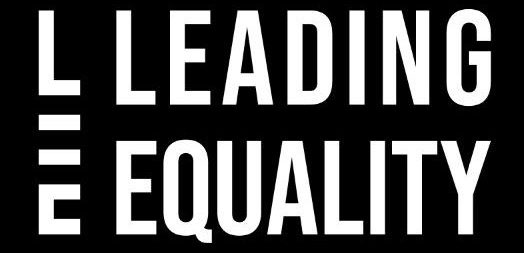Breaking Barriers: Empowering Change in Education with Racial Literacy Surveys
In response to the growing demand for structures to address racism and promote racial literacy in educational environments, various schools have sought effective tools to initiate meaningful change. One such tool gaining traction is...
